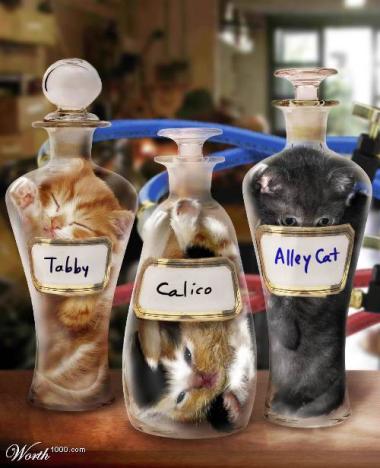Did you read their articles Finman? They do not look like jokes. Moreover, you`ll get majority of your questions answered. If need more info, why not ask directly their team members? Their contact details are under their photos in the “about” section:
http://www.arnia.co.uk/about-us/
Here are some quotations from the articles, just to get you on hook
 http://www.arnia.co.uk/temperature-and-thermoregulation-in-the-beehive/
http://www.arnia.co.uk/temperature-and-thermoregulation-in-the-beehive/
“Tight thermo-control of the nest climate and specifically the brood area, which is highly sensitive to the temperature fluctuations, is achieved in the following ways. Capped brood cells are heated by bees which press their thoraces firmly down on the caps of the cells and transfer the heat to the pupae beneath the cell cap. In this way only one cell is heated and a heater bee can hold this position for up to 30 minutes while its thorax is at around 43°C. In order to minimise the dissipation of heat produced by these heater bees the other bees are thickly packed on the comb around it. The other, even more efficient way of heating the brood is by means of heater bees that occupy strategically positioned empty cells within the brood area. The capped brood area in the comb normally contains 5-10% empty cells. The percentage of empty cells varies depending on the outside climate. More than 20% empty cells in the brood of all stages can be a sign of an unusual situation in the colony. These empty cells are populated by the heater bees that insert themselves into the cell head first with their abdomens pulsating. They also have an average thorax temperature of around 43°C, while other non-heater bees’ body temperature is that of the ambient. Therefore, these heater bees are acting to heat the brood and in order to achieve this they expend tremendous amounts of energy in the form of highly concentrated honey, brought to them by other bees from the stores. Occasionally they will use the nectar from the brood area but this fuel is not as high-quality as is mature honey that is transferred from mouth to mouth (Tautz, 2008).”
“Arnia hive monitors enable beekeepers to closely track brood temperature and easily identify if it becomes unstable. The screen shot below shows a brood temperature graph from a hive fitted with a brood temperature sensor. The graph clearly shows that brood temperature is initially stable at around 34°C but then drops and becomes unstable. In this instance it was a late season dearth leading to the queen stopping laying.”
“stabilisation of brood temperature from an unstable state can be a very reliable indication that the queen has started laying as the bees have started to regulate brood temperature. This is shown on the graph below, also from a hive fitted with an Arnia hive monitor. This shows brood temperature rising and stabilising at 34°C in early March as new season brood rearing begins. It is therefore possible to identify that the queen has started laying without opening the hive.”























































